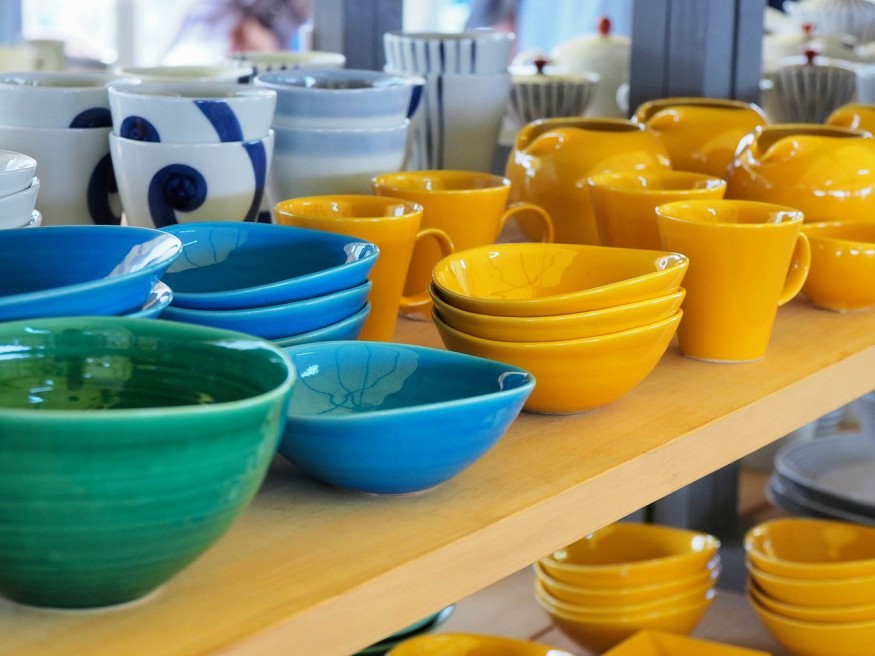Most kids are picky eaters and that gives an extra challenge for parents. Now, psychologists from the University of Portsmouth reported in their study that the color of bowls and plates could influence the taste perception of food in certain people, especially picky eaters.
The Jerusalem Post reported that previous studies have only demonstrated the effect of smell and texture of the food on taste perception and little is known about the effect of other senses. The research is the first study to find a link between the color of dishware and taste perception of food.

Dishware Color Influences Taste Perception
The experiment consists of 47 people split into two groups based on a food-pickiness questionnaire. There is no exact measurement of what defines a picky eater but the category includes people with a restricted diet, who have strong dislikes for certain foods, who need food to be prepared in a certain way, who are reluctant to eat or try new foods, and those who show signs of a combination of all these traits.
The team served up foods in red, blue, and white bowls to the two groups and observed how they will behave. According to Science Alert, the color of the bowl did not affect non-picky eaters' taste perception. On the other hand, picky eaters reported changes in their taste sensations when eating on a certain color of the bowl.
Psychologist Lorenzo Stafford said in a press release that the findings of the study could be useful for those trying to expand their experience with foods. For example, parents could encourage their picky eaters to try more vegetables if they could serve them on a plate or bowl with a color that tricks the brain that it tastes sweet.
Participants were also given vinegar-flavored potato chips to eat from differently colored bowls and they are asked to rank them based on flavor intensity, desirability, and saltiness.
The color of the dishware did not affect the flavor intensity, but differences in the two other categories were recorded on picky eaters only. They perceived those chips in red and blue bowls were saltier compared to white bowls, while snacks in red bowls were seen as less desirable compared to other colored bowls.
READ ALSO: Why Does Pink-Colored Energy Drinks Enhance Athletic Performance Better Than Clear Fluids?
Previous Packaging of Foods Influenced Taste Perception
Researchers noted that previous studies showed the packaging that participants are more generally familiar with tends to influence their taste buds. For instance, blue packaging in the UK is usually for salty snacks.
Stafford said that learning more about how to nudge the behavior of picky eaters to eat a wide range of food could significantly improve their quality of life and the people around them. He added that having a restricted diet can lead to nutritional deficiencies, and health problems, like poor bone health and dental issues, and heart disease.
Moreover, there is a social cost because they would not be able to enjoy food when around with their friends and family. Sometimes it could be a stressful, anxious, and conflict-causing situation for picky eaters.
The experiment may seem strange but studies have shown how lighting and music can affect eating behaviors. The study gives more information on how different senses are connected to each other. It could also help treat food neophobia or the reluctance to try new foods.
The research, titled "How Color Influences Taste Perception in Adult Picky Eaters," has been published in Food Quality and Preference.
RELATED ARTICLE: Black Chocolate Packaging Makes People Think it is Bitter [STUDY]
Check out more news and information on Psychology in Science Times.











